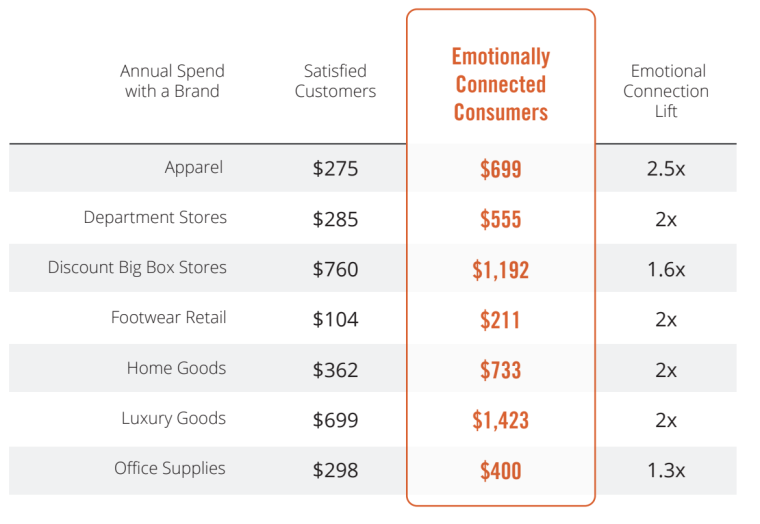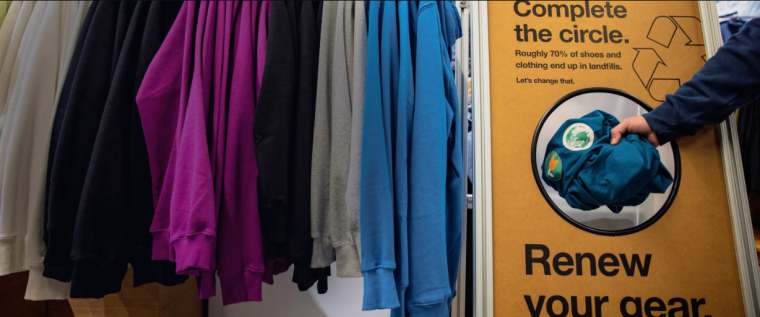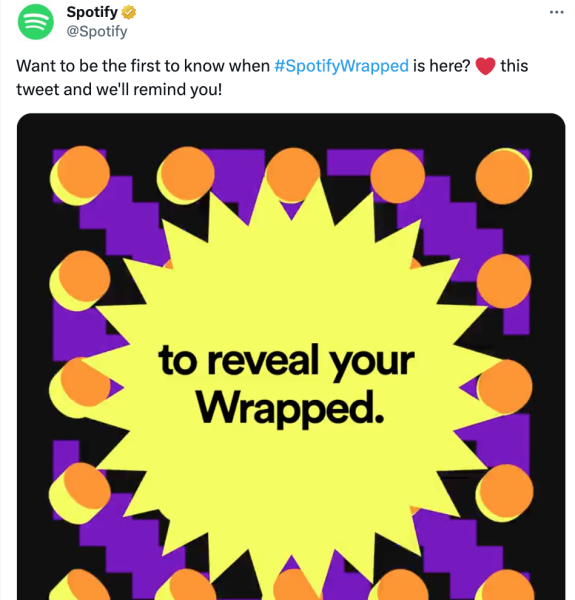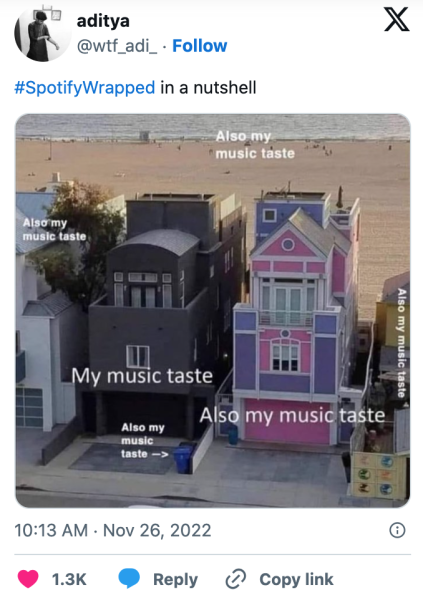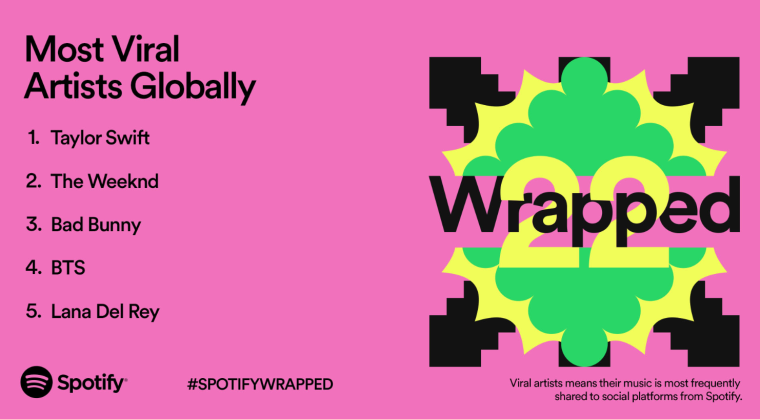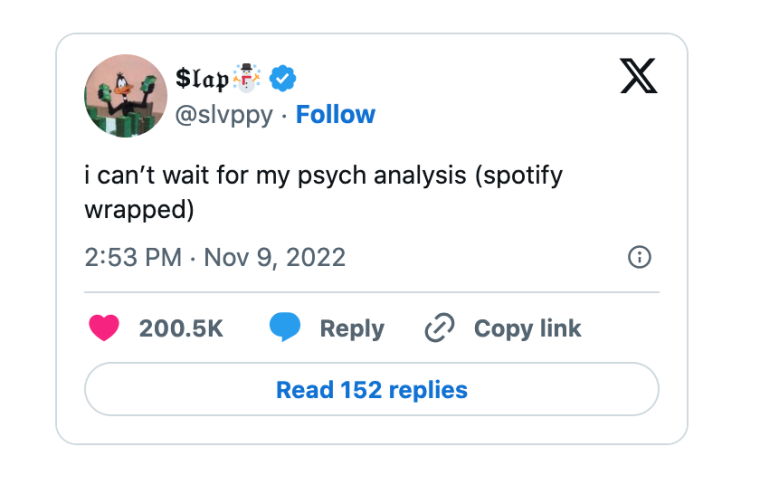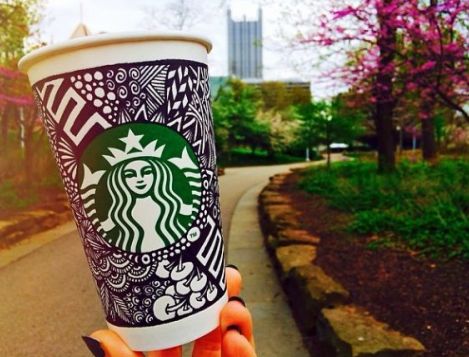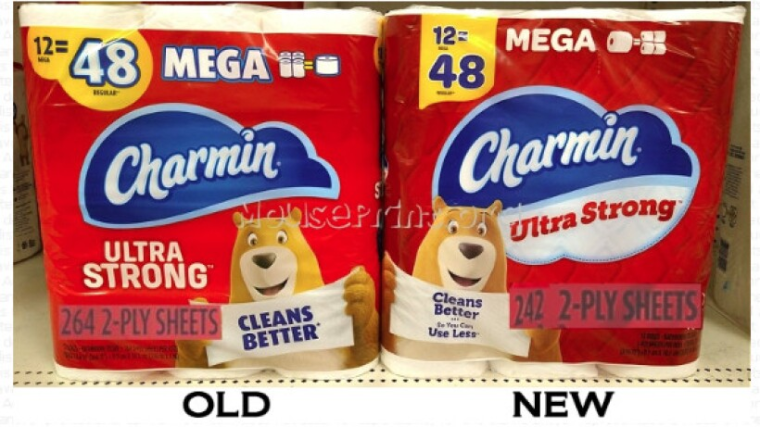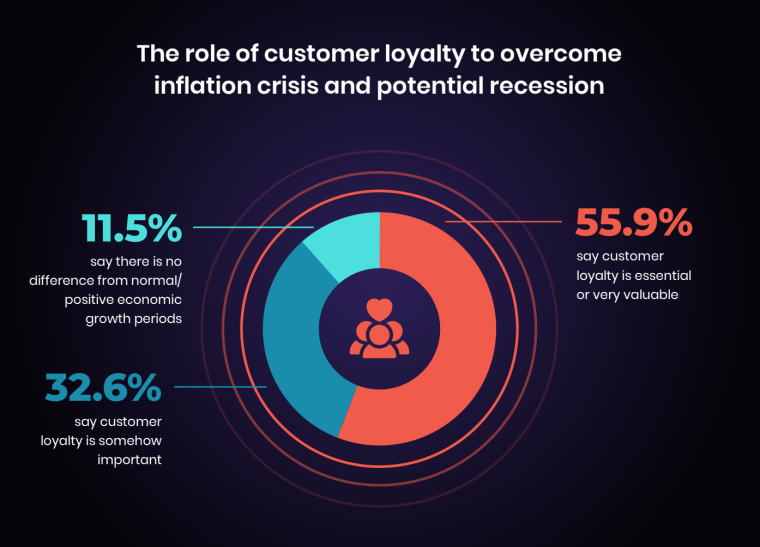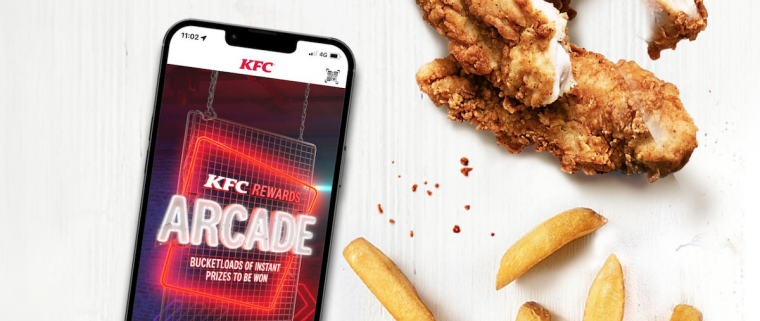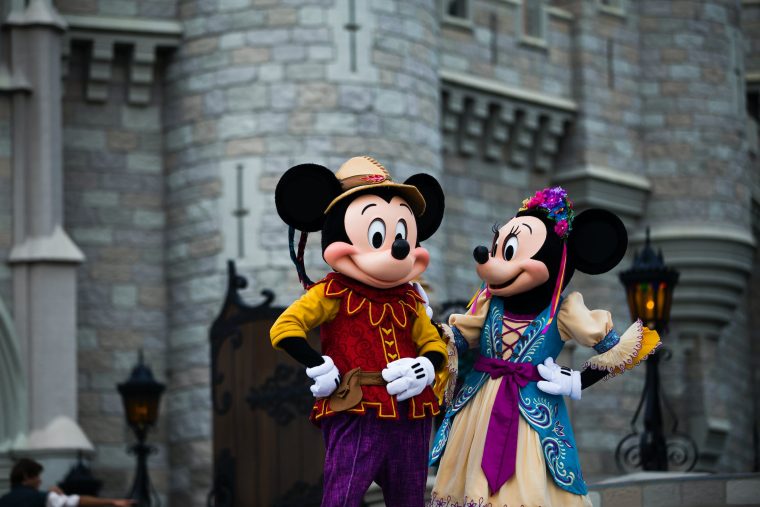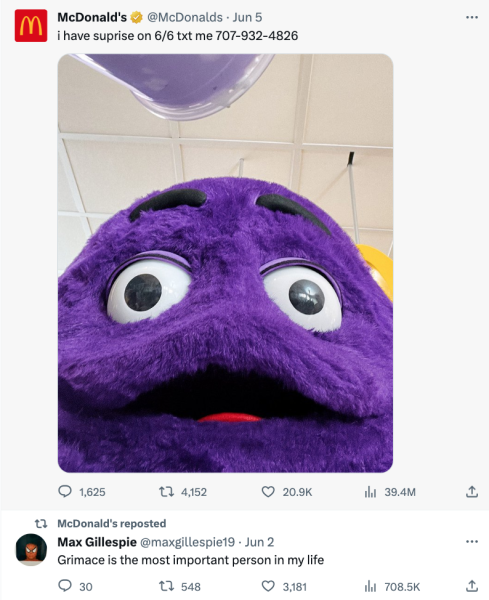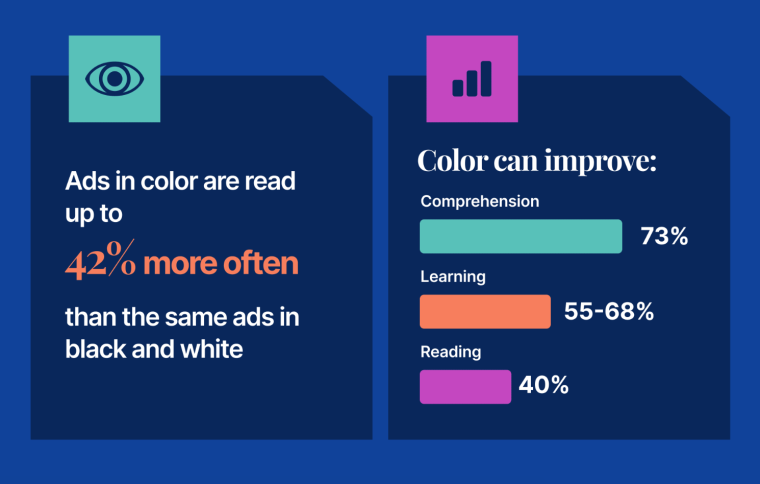Branding is essential for success. Whether you run a small startup or a well-established medium-sized business, how you present your brand is crucial for attracting your audience and increasing sales. As a business owner, marketer, content creator, or branding expert, your skill in connecting with your audience deeply can significantly impact your success.
To stay ahead, understanding the latest and most important branding trends for 2023 is essential. That’s why Business2Community has curated a concise list of the top branding trends, providing you with a clear roadmap for success in the competitive market.
2023’s top branding trends are not just speculative, they are proven game-changers for branding. Let’s explore these latest branding trends with concrete examples of their impact by showcasing branding strategies. Humanized branding uses authentic experiences to resonate with an audience on a personal level. They share real stories, showcase the people behind the brand, and convey a genuine passion for their mission. In a 2021 survey by Stackla, over 2,000 consumers from the US, UK, and Australia emphasized the significance of authenticity in their choice of brands to support. Further: Authenticity creates a sense of intimacy, making consumers feel like they are engaging with a fellow human being, rather than a faceless corporation. As a matter of fact, 83% of consumers want more brands to provide authentic shopping experiences. Personalized experiences are the cornerstone of humanized branding. 70% of consumers consider it crucial for companies to provide such tailored interactions. Additionally, 72% are more likely to make a purchase from a brand that consistently delivers personalized experiences. A brand’s message can build mental connections with consumers. According to Kantar’s brand value report, creating meaningful connections can actually make people want to buy from the brand more often, and they might even be willing to pay a bit extra. Customers who have a genuine emotional connection with a brand tend to spend 2x or more with their favorite brand. Findings from a study by Motista revealed that emotionally connected customers: The North Face was the leading outdoor clothing brand ranked by brand awareness in the US as of 2022. In fact, 78% of online consumers in the US are familiar with this American brand. This high level of brand awareness indicates that The North Face has successfully connected with a significant portion of its audience, establishing a relatable and recognizable presence in the outdoor fashion industry. The North Face’s strong and human brand identity is built on a foundation of adventure, quality, environmental consciousness, community-building, and innovative products. By consistently delivering on these values, it forges a deep connection with global consumers who share a passion for outdoor exploration. In 2022, The North Face topped the global outdoor wear brand rankings with a Media Impact Value™ (MIV®) surpassing $210 million. MIV® quantifies the value a brand gains from its media presence, indicating its influence and visibility. The brand’s success carried over into 2023, as The North Face earned a prestigious spot on TIME’s 100 Most Influential Companies list. Time recognized The North Face for leading the circular clothing trend, showcasing its commitment to sustainability. With durable, adaptable garments and a revamped take-back program, the brand emphasizes environmental responsibility. This customer-centric approach, including a $10 credit for loyalty program members, adds a human touch to the brand. This initiative aligns with The North Face’s sustainability ethos, enhancing its authenticity. Effective storytelling in marketing materials can captivate and engage audiences, creating a stronger connection to the brand. This strategy can influence branding trends because it creates a narrative that resonates with people on an emotional level. It gives it a relatable and authentic identity, much like how individuals have personal stories that shape who they are. According to a report by Headstream, if people love a brand’s story: Storytelling mirrors humanized branding and adds depth and brand personality. It allows consumers to see the brand as more than just a product or service provider. According to a study conducted by the London School of Economics, incorporating a story with statistics increases information retention by 30%. However, when a story is told without statistics, 70% of people retain the information. Spotify is a brand that loves storytelling. The music streaming giant effectively utilizes narratives in their annual “Spotify Wrapped” end-of-year campaigns to create a personalized and engaging experience for their users. Spotify’s storytelling brand strategy is so potent that users often feel like Spotify understands them even better than they understand themselves. When releasing data on top global streams, Spotify uses storytelling to create a connection with its users and build a close-knit community. This branding-based approach connects friends, family, and even strangers through their shared experiences on the platform. In 2022, Spotify Wrapped generated 425 million tweets within the first three days of its launch. But Spotify users don’t just share their Wrapped lists; they unleash their creativity, weaving funny memes and witty comments into their musical narratives. By compiling individual listening data and transforming it into a narrative, Spotify highlights the user’s most-streamed songs, artists, and genres, providing a snapshot of their musical journey throughout the year. Spotify connects with users on a personal level, using data in a story-like format. This makes users feel valued and understood. They enhance this experience with: User-generated content (UGC) has a powerful influence on consumer purchasing behavior in online communities. According to Stackla, 80% of consumers are more likely to purchase a product from an online store if their website has photos and videos from real customers. Authentic experiences through user-generated content can influence branding trends. They provide real-life proof of brand identity, creating a strong sense of trust and credibility. 79% of individuals emphasize that UGC strongly influences their purchasing choices. In contrast, 12% find branded content impactful, and only 9% acknowledge the influence of influencer content. Seeing social media posts from other consumers has motivated 66% of shoppers to try a new brand. Furthermore, 56% of consumers claim that social media images and videos have a greater influence on their online shopping decisions compared to pre-pandemic times Not only is UGC the most influential form of fashion content, but it also drives action. For example, 58% of consumers have purchased clothing or accessories from a clothing company after seeing a post on social media from a friend, family member, or peer. Starbucks has distinguished itself as one of the pioneers in “organic” UGC, exemplified by its iconic Cup Contest campaigns. In 2014, Starbucks launched its first #WhiteCupContest, inspired by the creative cup doodles customers had been sharing for years. US and Canadian customers were encouraged to decorate Starbucks cups with custom art, then snap a photo, and share it on social media with #WhiteCupContest. In just three weeks, Starbucks received nearly 4,000 entries. As a result, this contest creatively and organically drove UGC for Starbucks. By encouraging customers to decorate their cups and share their designs, Starbucks forged a stronger sense of community and individuality. This approach deepened the connection between Starbucks and its loyal customers. Following the success of the #WhiteCupContest, Starbucks expanded its UGC initiatives, including the iconic #RedCupContest campaigns. In this case, customers had the opportunity to pick up a plain red holiday cup and add a touch of holiday cheer to their art. According to a survey by Accenture, 37% of individuals believe that companies are more concerned about maximizing profits at the expense of enhancing customer experiences. A pivotal branding trend emerges: companies must prioritize authentic, customer-centric interactions over short-term sheer financial gains. In an era where acquiring new customers costs 6-7 times more than retaining existing ones, fostering loyal customers has become one of the top branding trends for businesses seeking sustainable growth and long-term success. Loyal customers are more likely to trust a brand and refer potential customers. SEMRush reports that 64% of marketers believe word-of-mouth remains the most potent marketing tool. In fact, 83% leverage this strategy as it significantly boosts brand recognition. Creating exceptional customer experiences can have a lasting impact. In fact, when customers leave satisfied, 96% are not only inclined to return but also more likely to share their positive experiences with others. Improving customer experience directly affects how desirable many brands become, even in the face of complex consumer behaviors. For example, shrink-inflation, where products are reduced in size but maintain their price, can greatly affect a brand’s identity. This creates a perception of diminishing value for many consumers, potentially leading to negative reviews and a decrease in desirability among potential customers. Online communities influence a brand’s personality because they are invaluable platforms for boosting customer trust. According to a 2020 study by Trustpilot and Canvas8, 89% of global consumers depend on online reviews for their shopping needs. Additionally, for 49% of shoppers, positive reviews rank among the top three factors influencing their purchasing decisions and trust brands. The loyalty management market is projected to reach $18.2 billion by 2026. Therefore, brands should consider implementing customer loyalty programs as a powerful strategy to enhance and foster enduring relationships. Antavo’s 2023 Global Customer Loyalty report highlighted how loyalty programs increase consumer trust and boost brand recognition. Based on data from over 260 corporate respondents: In a compelling case study conducted by KFC UK & Ireland, it was revealed that implementing a customer-centric loyalty program can indeed fulfill cravings for chicken. The KFC Rewards Arcade loyalty program not only gained significant popularity among customers but has also positively impacted several key performance indicators (KPIs) for the company. For example, the platform’s flexibility led to a 100% increase in project delivery speed. Furthermore: In the KFC app’s gamified loyalty program, through nostalgic brand marketing customers play arcade games for a chance to instantly win free menu items. With every order exceeding £3 (or a £7 minimum for delivery), they receive an in-app invitation to play, unlocking a dozen chicken giveaways. In a world where everything’s gone digital and somewhat impersonal, bringing in those good ol’ nostalgic vibes in branding is a simple way for companies to spark that feel-good connection and brand personality. The nostalgia branding trend evokes happy feelings, revives special memories, and makes a brand or product feel like an old friend. The end game? Getting customers excited and keeping them loyal. According to digital experts, nostalgia marketing sparks strong emotions and makes people think of pleasant past experiences and memories. In fact, 9 out of 10 people admit to thinking about the past positively sometimes, and almost 50% claim to do this often. This suggests that leveraging nostalgia in marketing strategies can strike a chord with a wide target audience. Additionally, nostalgic brand marketing has several psychological benefits such as: GWI’s research indicates that among generations, Gen Z and Millennials tend to experience the highest levels of nostalgia. 15% of Gen Zers prefer to reminisce about the past instead of thinking about the future. And Millennials are right there with them at 14%. Millennials’ spending power of $2.5 trillion per year, presents a significant economic force. This generation’s purchasing influence is further amplified by their inclination towards nostalgia branding. Growing up in an era marked by experiences like dial-up internet and VHS tapes, they tend to find comfort and resonance in these familiar elements. This makes them not only receptive but also highly likely to engage with marketing efforts that evoke those cherished memories. Brand mascots have the power to evoke nostalgia, particularly for individuals who grew up interacting with them. They can foster an emotional connection between consumers and the brand, which is recognized as a valuable strategy for businesses and to boost brand recognition. Moreover, brand mascots and characters have the potential to boost both profits and emotional engagement with customers by as much as 41%. In contrast, a study by Technicolour Creative Studios reveals that campaigns without a mascot or character are only 29.7% as likely to achieve market share growth. With large round ears, iconic red shorts, yellow shoes, and a cheerful grin – Mickey Mouse stands as a beacon of joy, embodying the magic and playfulness of childhood. According to Times Magazine, Disney claimed that Mickey Mouse had a 98% recognition rate among children aged 3-11 worldwide. This showcases the enduring power of nostalgia marketing and the timeless appeal of beloved mascots. According to design experts, having a memorable mascot makes people more likely to remember and talk about a brand. It’s like having a friendly face that sticks in their minds, so the brand lives on in their past memories. McDonald’s red and yellow arch is iconic, but its nostalgic brand mascots also play a significant role in its recognizable identity. Remember Grimace, the lovable nostalgic character from McDonald’s, known for his purple hue and endearing demeanor? After a few years of absence, Grimace nostalgically took over McDonald’s social media accounts in June 2023, to announce his 52nd birthday campaign. The Grimace Birthday Meal and Shake quickly became a sensation on TikTok, creating a viral frenzy and driving significant business and brand growth for McDonald’s. A Numerator study on McDonald’s revealed advertising aligned with the revival of nostalgic characters. It links them to products that cater to consumer preferences, therefore a pivotal branding trend for driving success. In fact, 77.1% of buyers absolutely believe that McDonald’s should continue using nostalgic characters in the future. Every brand’s design type can reflect its core values and identity. Overstimulated branding is a branding trend that uses bright colors, bold graphic design, animated brand logos, and a high level of visual imagery and sensory elements. Research indicates that specific elements on web pages, often imitating the characteristics of overstimulated branding designs, capture viewers’ attention more effectively compared to conventional static advertisements used in traditional branding. Advertising experts outline the following typical features of overstimulated branding: Designers are embracing wild and wacky fonts to create a distinctive, attention-grabbing aesthetic. For example, their choice of typography adds an extra layer of boldness and uniqueness to the brand’s visual identity. On the other hand, minimal sans-serif typography communicates modernity and simple branding, offering a clean and streamlined brand image. It vividly contrasts with the unconventional nature of designers embracing wild and wacky fonts, providing a restrained yet equally impactful visual identity. Color should be thoughtfully considered, whether in logo design, brand marketing materials, or any other branding concepts. According to the Pantone Color Institute, 90% of snap judgments about products are based on color alone. That just shows how powerful color can be in branding — it can instantly convey emotions and brand values. Additionally, color is identified as the main factor influencing product purchase by 84.7% of consumers. Furthermore, as per Webfx findings, 80% of consumers think that color can influence branding recognition. Given its universal appeal, more brands should incorporate blue into branding strategies because it’s a savvy way to establish a connection with a global target audience. Research from a YouGov survey confirmed that blue is in fact the most popular color in 10 countries. Conversational AI, such as ChatGPT, presents a significant opportunity for brands to enhance customer engagement and personalization, which are pivotal aspects of effective branding strategies. For example, findings from Accenture’s Life Trends report revealed that 52% of respondents have either used ChatGPT themselves or know someone who has. This indicates a growing familiarity with its capabilities. Furthermore, 42% express openness to its product recommendations, highlighting the potential for personalized engagement and increased brand influence. AI tools can assist in crafting personalized experiences for their audience. According to Epsilon, 80% of consumers tend to trust and connect with companies that provide personalized experiences. Through the application of AI tools and insights, a brand stands to effectively drive engagement, nurture loyalty, and significantly enhance its overall success. In October 2023, Adobe unveiled its latest innovation: the Text to Vector Graphic feature. This tool empowers designers to effortlessly create stunning, scalable vector graphics using only a text prompt. As consumers develop sustainable values, integrating sustainability and ethical practices into brand strategy is becoming crucial. Brands that align with environmental and social causes can build a positive image and forge stronger connections with their consumers. According to a Nielsen study, 81% of people around the world think companies should help the environment. This belief holds true for all ages and genders. While younger generations like Millennials, Gen Z, and Gen X are really on board, older folks aren’t too far behind in supporting this idea. Companies must ensure their eco-friendly products are affordable for consumers to drive business growth and enhance brand recognition. In a Kantar survey, 75% of shoppers indicated a desire to purchase sustainable products, but a reasonable price was a decisive factor. Moreover, 70% of respondents agreed that even though they can’t afford to buy sustainable products, it doesn’t mean they are less concerned about these issues. Patagonia is a prime example of a brand that exemplifies sustainability as non-negotiable branding. By incorporating practices such as using organic cotton, imposing a self-imposed earth tax, and initiating the “1% for the Planet” campaign, they have undertaken a significant sustainability journey in the brand’s message. As VR and AR technologies continue to advance, their widespread adoption is anticipated. PwC forecasts a substantial economic impact, with VR and AR potentially contributing $ 1.5 trillion to the global GDP by 2030. This statistic underscores their increasing significance in shaping the future of branding and consumer engagement. VR and AR present retailers with the chance to craft personalized, innovative customer experiences. This includes elements like virtual fitting rooms in fashion outlets. According to fashion icon Rebecca Minkoff, customers became nearly 30% more likely to buy products with 3D modeling and AR. Another example of this potential is AR applications that enable customers to preview furniture in their own homes before making a purchase. This concept has been exemplified by IKEA since 2017.Key Branding Trends for 2025
What are 2025‘s Top Branding Trends?
1. A Humanized Brand Identity
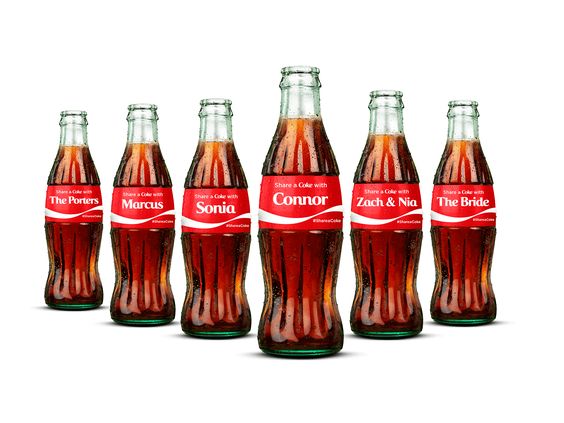
Branding with Emotions
The North Face Visual Identity

2. Branding Trends in Storytelling
Spotify as Storytellers
3. UGC Influence Branding Trends
Starbucks as UGC Pioneers
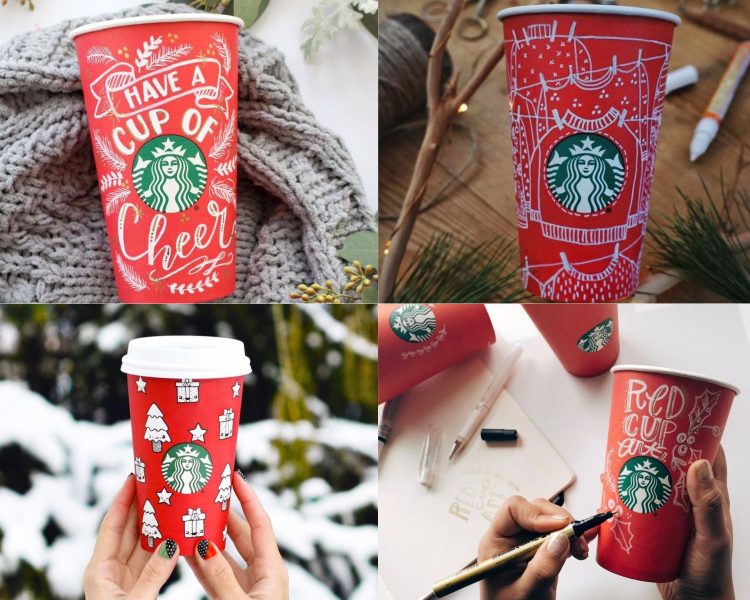
4. Branding Trends Boosting Customer Trust
Loyalty Programs
Gaining Trust with KFC Rewards Arcade
5. Nostalgic Brand Marketing
Top Nostalgic Generations
Brand Mascots
McDonald’s #GrimaceShake and Strong Brand Mascots
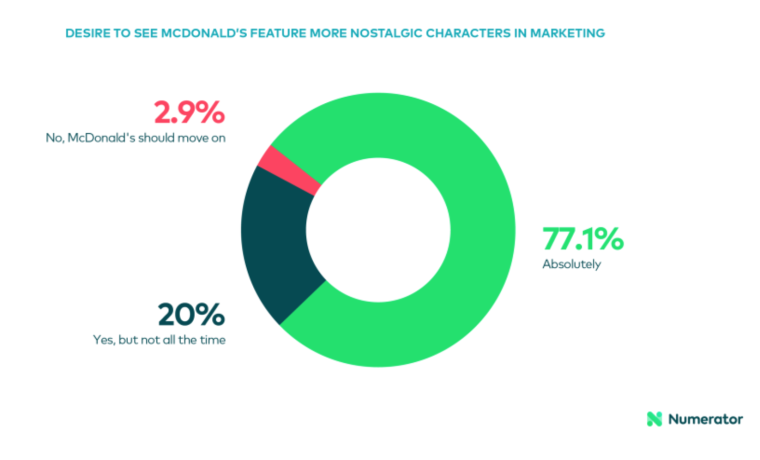
6. Overstimulated vs Minimalist Design Branding Trends
The Choice of Color in Branding
The Future of Branding Trends
AI and Data-Driven Branding
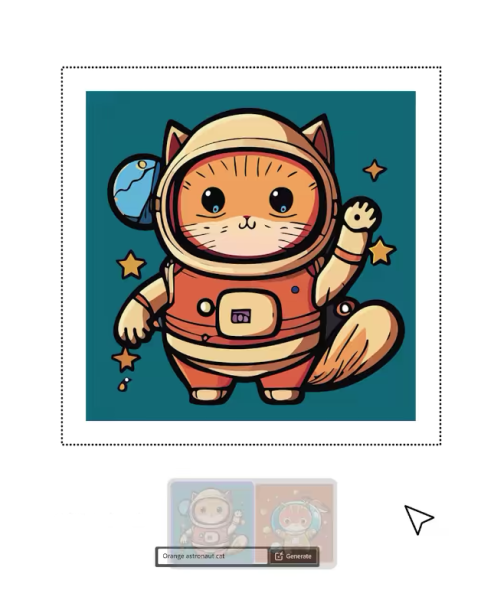
Sustainability as a Non-Negotiable Branding
Virtual Reality in Branding
FAQs
What is trending in branding?
What are the 4 models of branding?
What makes a brand trendy?
